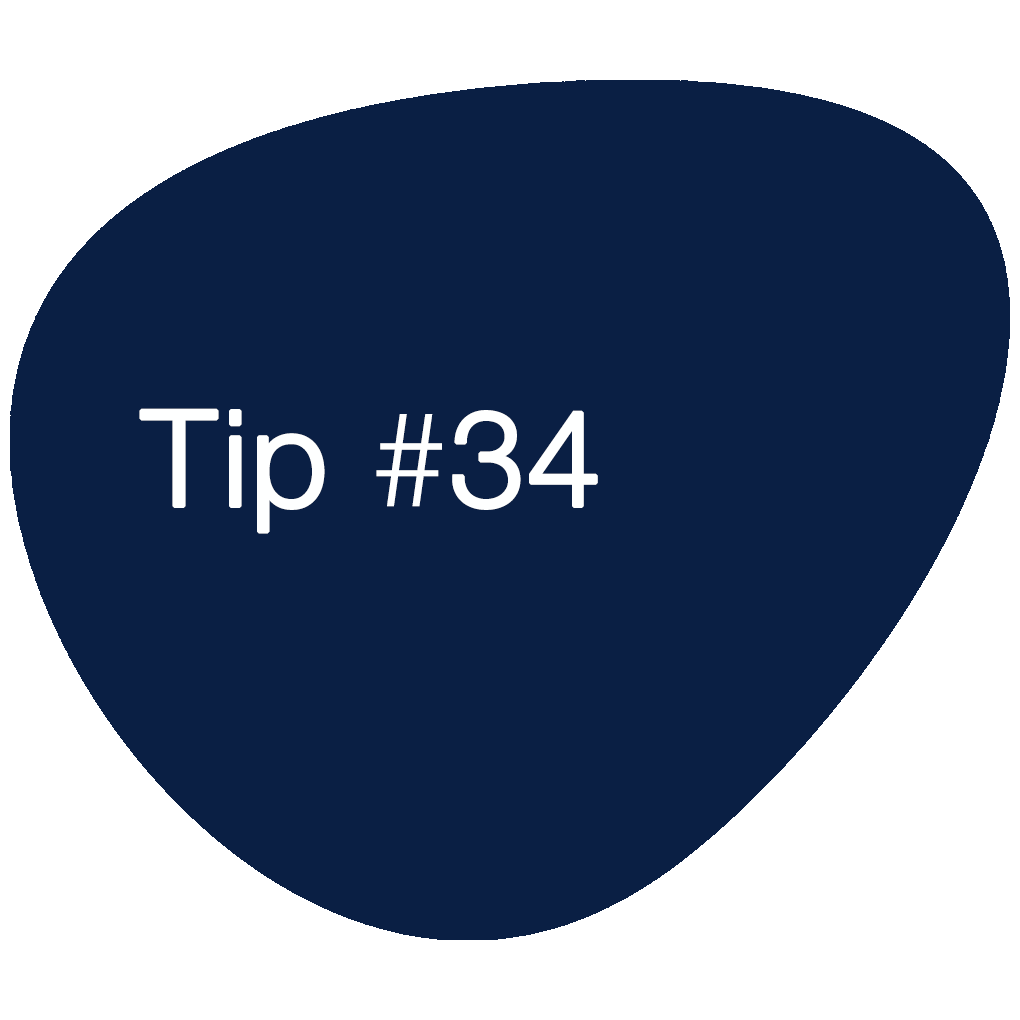
Château du Haut-Koenigsbourg
Castles - Palaces - Manor Houses
Produced by :  © 2023
© 2023


Produced by :  © 2023
© 2023
Hohkoenigsburg is a castle reconstructed at the beginning of the 20th century near Orschwiller in Alsace, a good 10 km west of Sélestat. It is the most visited castle in the region, with about 500,000 visitors annually, and one of the most frequented tourist sites in all of France.
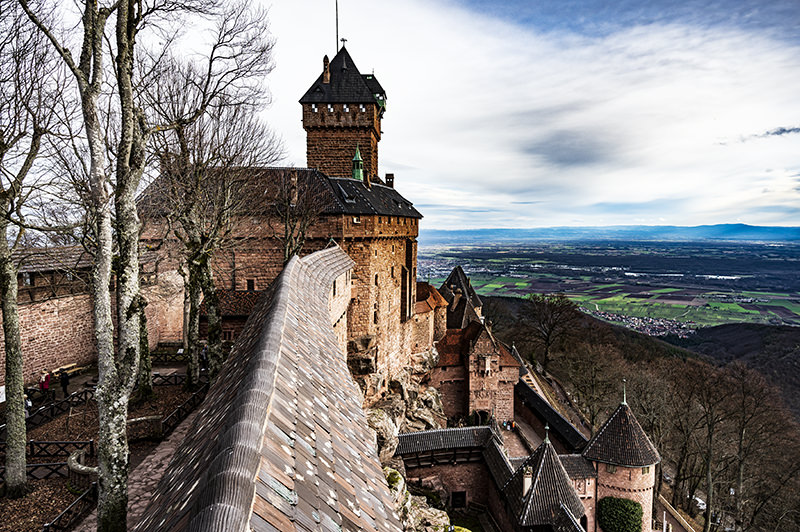
We learned from our guide that the castle actually has two histories:
One during the Middle Ages and a second that begins again at the turn of the 19th and 20th centuries.
The 260-meter-long complex is enthroned as a ridge castle at an altitude of 757 meters on the eastern edge of the Vosges Mountains on a mighty red sandstone rock high above the Upper Rhine Plain and is one of the highest castles in Alsace. The view extends far across the Rhine plain. In favorable visibility conditions, the Bernese Alps, almost 200 kilometers away and about four kilometers high, can be seen in the south, and in the north, with a little bit of luck, the Strasbourg Cathedral can be seen.
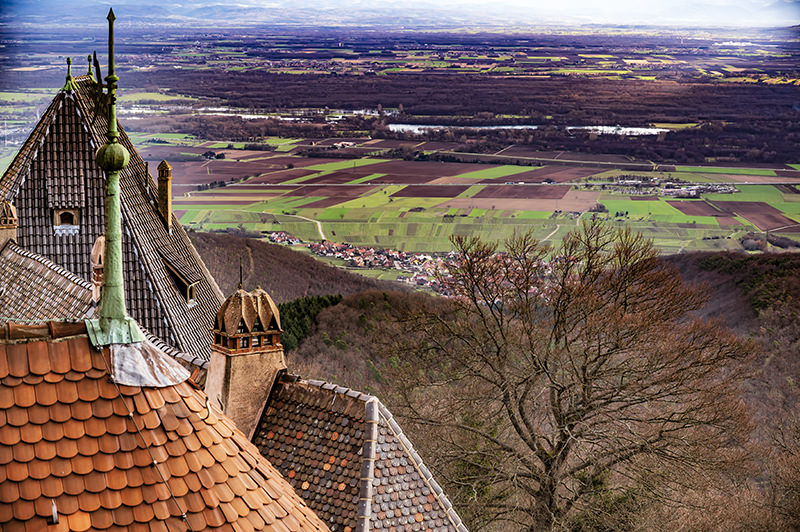
The Stophanberch (Staufenberg Mountain), on which the castle is located, is documented as a donation of Charlemagne as early as 774 and 854 and is originally owned by the Abbey of Saint Denis. The castle was built in the first half of the 12th century as a Hohenstaufen imperial castle and was first mentioned in documents in 1147 as Castrum Estufin. From the castle it was possible to dominate the towns and trade routes in this part of the Upper Rhine Graben. In 1147, the name Burg Staufen appears for the first time. It is said to have been founded by Duke Friedrich, the father of the German King Friedrich Barbarossa. Among other things, a walled window arcade and a lion relief have been preserved from Staufen times. From 1192 the name Kinzburg (royal castle) is used. In the 13th and 14th centuries the owners of the castle change several times, in 1454 the Palatine Elector Frederick the Victorious conquers the castle, which is destroyed in 1462 because of robber baronry.
In 1517 the Counts of Thierstein died out and the castle reverted to the Habsburgs. During the 30-year war it is besieged by the Swedes, on September 07, 1633 it is conquered and set on fire. During the Romantic period the ruins are rediscovered. The idea of restoration of the castle is born.
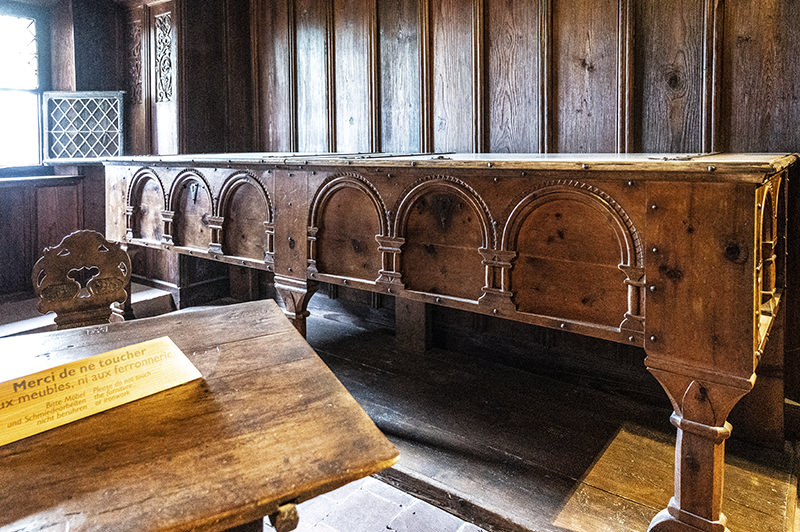
Alsace once again belonged to France until the Franco-Prussian War of 1870/71, when it was ceded to the German Empire. In 1899, the city of Schlettstadt donated the castle to Kaiser Wilhelm II, who had it restored in 1901-1908 by the Berlin architect and castle researcher Bodo Ebhardt. The construction cost over 2 million marks, largely paid for by Alsace-Lorraine; 100,000 marks came from the emperor's private fortune. The castle is inaugurated on May 13, 1908.
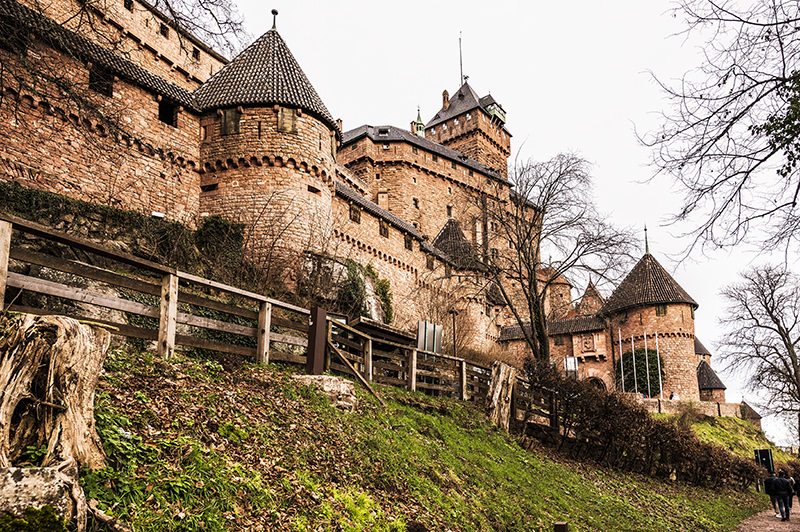
Bodo Ebhardt treats the preserved building fabric quite considerately for the time. The castle remains recognizable as a complex that has grown over the centuries. The relatively small core castle of the Hohenstaufen period with an irregular ground plan is situated on top of the rock plateau and has a square keep rebuilt by Ebhardt. After 1479, the castle was expanded into a strong fortress against the emerging artillery and reinforced by mighty bulwarks, which were executed in humped ashlars in imitation of the Staufer-period complex. The actual castle is reached via the drawbridge, the inhabited area can be entered through the Lion's Gate. The chambers of the lady of the castle and the knights, the castle chapel and the knights' hall are still furnished with furniture from the 15th to the 17th century.